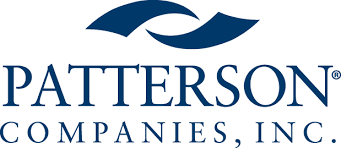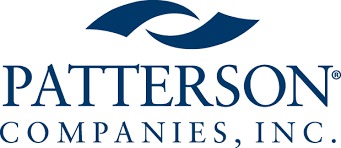
Why Business Succession Planning is More Important Now Than Ever Before
If there is one thing that an emergency does is it shows us our weaknesses. Amid this pandemic, many businesses have been shuttered by government
Planning for expected and unexpected absences of key people in your organization is a task that employers often avoid or don’t give enough weight to. Worse yet, these plans are sometimes limited to the “C-suite” individuals.
Ed Krow’s experience shows that without a concentrated effort on business succession planning, a successful company can quickly fail if one or more key employees are lost. Succession planning should be a priority for every business and part of its strategic business plan.
You could be missing out on business opportunities if you are not doing this right now. Download my one sheet to learn more.
Ed Krow found that companies who create an effective business succession planning process:
An organization’s ability to meet these requirements creates both leadership and management capacity that delivers sustainable business results.
Today, leaders’ abilities have not changed but the business environment has.
According to a Gartner survey, most organizations expect over 40% of their leadership roles to be significantly different within five years, and 85% expect an increase in job responsibilities.
If you’re wondering, “What leadership skills are crucial to company success?” in regards to business succession, keep scrolling.
Ed Krow’s succession plans address both short-term emergency vacancies as well as long-term retirement vacancies. As such, your senior management team will be consulted to determine the priorities and timeline of your training and development plans.
Ed Krow also includes a coaching element for the incumbents, which assists them in implementing your succession plan—the current key executives’ input is critical to this process. The development plans designed must account for the ability to solve tomorrow’s problems. The value of the incumbents’ wisdom and years of experience with the organization cannot be understated.
The goal of this process is not to make current management replaceable, but to secure future leaders and the continuity, continued growth, and success of the business. This is where you can ask yourself, “What does my company value most about its leadership?” and build it into your successful business plan.
Ed Krow encourages his clients to plan for both current and future skill needs, and to integrate the succession planning process with other human resources initiatives, such as performance management and organizational development.
He develops succession plans by working with your senior management team to identify high-potential employees, evaluate and hone their skills and abilities, and prepare them for advancement into positions that are key to the success of business operations and objectives.
Ultimately, organizations need to find ways to help their high-potential, future leaders balance their work and personal lives. Generational influences also impact employees’ views on career and talent development. Ed Krow suggests that smart companies consider these items when developing their organizational structures. So again ask yourself this question: “What is our philosophy about leadership?”
Ed Krow will also remind you throughout the business succession planning process that it can also be used to fill lateral positions.
Identify legal and diversity issues to consider.
Establish present and future leadership roles and objectives.
Select key employees.
Evaluate the strengths, weaknesses, and readiness for succession in key employees.
Plan for the individual talent development of and ways to retain key employees.
Identify “emergency” positions without successors.
Plan for positions that cannot be filled internally.






“An engaged culture is one of the most important things to our company. We take it very seriously and work on it intentionally. But one thing we haven’t done well is compensation.
That’s why we brought Ed in. He really got to know the culture and understood the company, and he created a comprehensive, effective compensation plan perfect for our company’s needs.
I highly recommend Ed to other business owners who want someone that gets to know the company, understands what’s important, and delivers on it.
“Our organization was struggling with attracting the candidates we needed. We started working with Ed, and he had some unique ideas and insights into how we could do better with recruitment, our HR processes, and the structure of the department.
The plan Ed gave us was detailed and felt realistic, like a really good roadmap we could actually use. I was impressed with his work, his professionalism, and his ability to make a strong assessment of our HR processes and come back with concrete ideas and plans for us to review and incorporate.


“Our management leadership training wasn’t exciting or engaging enough to get our managers to take the message out of the training with them. Ed came in, understand our needs, UTZ-ified the message, and most importantly delivered it in a way that made people listen and care. He is a seasoned professional who delivered his message with a mix of realism and humor, and it made me look like a rockstar when I brought him on. Managers listened to him, believed him, and most importantly he was able to make them leave with the content and the exact message we wanted to send.

If there is one thing that an emergency does is it shows us our weaknesses. Amid this pandemic, many businesses have been shuttered by government

Writing a formal business plan is an important step for any new venture. This document is meant to outline everything from the founding team to

Planning for both the foreseen and unexpected absences of people who hold key roles in an organization is a task which employers often avoid or